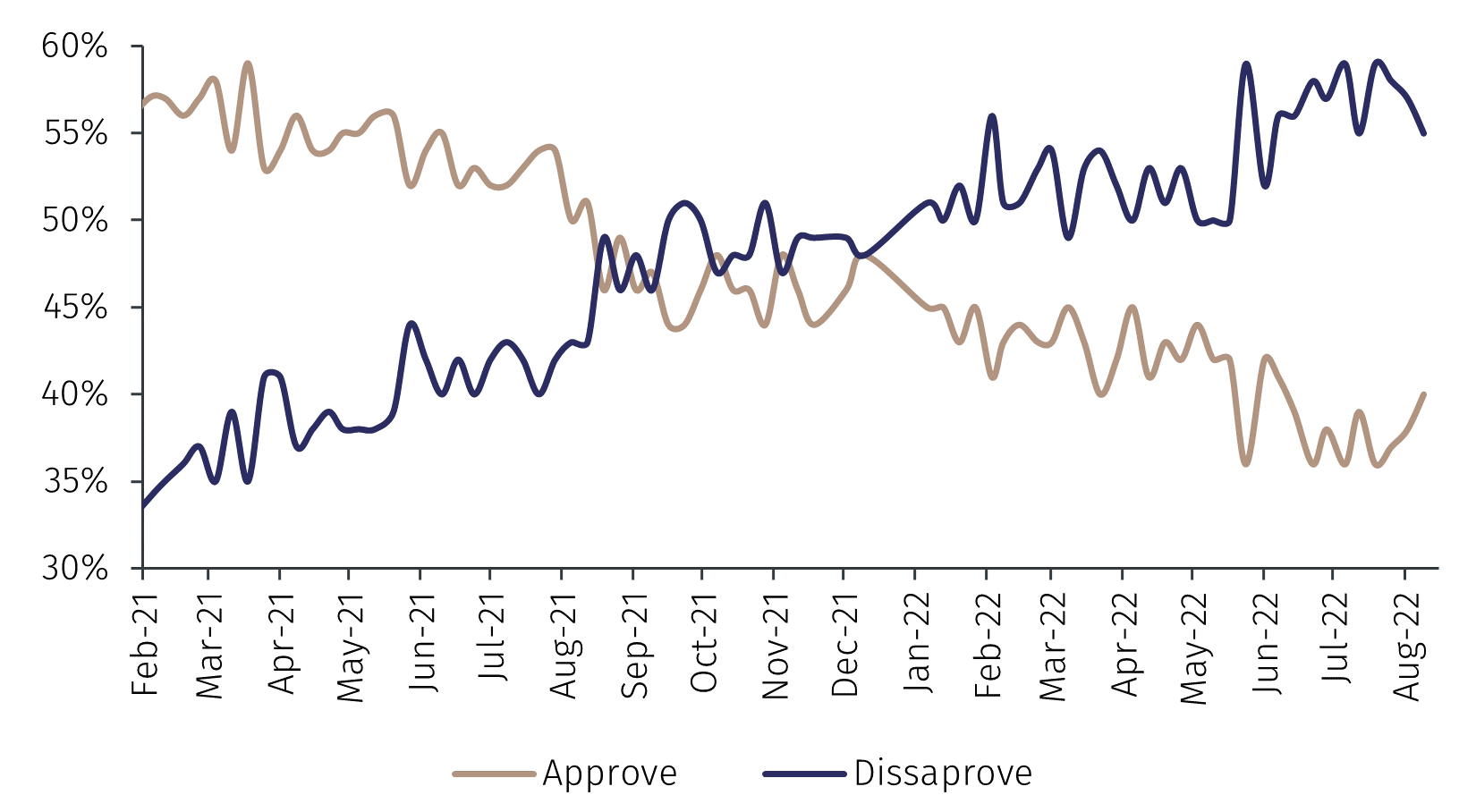How The Trump Administration Pressured Europe On Its AI Rulebook

Table of Contents
Trade as a Leverage Point
The Trump administration cleverly leveraged trade as a potent tool to pressure the EU into adopting a more lenient approach to AI regulation. This strategy involved explicit and implicit threats, aiming to create a regulatory environment more favorable to US tech giants.
Threats of Tariffs and Trade Restrictions
The threat of imposing tariffs and trade restrictions on European goods served as a powerful incentive for the EU to reconsider its stance.
- Specific Examples: While no direct tariffs were explicitly linked to AI regulation, the overall climate of trade tensions during the Trump administration created a backdrop of uncertainty. The threat of tariffs on other goods implicitly pressured the EU to avoid further conflict.
- Economic Vulnerability: The EU's dependence on transatlantic trade made it vulnerable to such threats. Certain sectors, particularly those reliant on US markets, faced significant potential economic repercussions.
- Impact on European Businesses: The uncertainty surrounding potential trade wars forced European businesses to consider the implications of stricter AI regulations. This could have led to a reluctance to push for overly stringent measures, fearing negative economic consequences.
Promoting US Tech Companies
The pressure exerted wasn't solely about preventing regulation; it was about actively promoting a regulatory landscape that benefited American tech companies.
- Examples: Companies like Google, Microsoft, and Amazon, with their significant AI investments, stood to gain from a less restrictive European regulatory framework.
- Impact on Competition: A less stringent approach could have given US tech giants a competitive advantage over European AI companies, potentially stifling the growth of the European AI sector.
- Lobbying Efforts: While not explicitly documented as directly related to AI regulation pressure, the extensive lobbying efforts of US tech companies during this period suggest a broader campaign to influence regulatory outcomes.
Concerns over Data Privacy and GDPR
The Trump administration repeatedly voiced concerns about the General Data Protection Regulation (GDPR), arguing it hindered transatlantic data flows, innovation, and cooperation. This concern formed a significant part of their pressure campaign.
Challenges to the GDPR
The administration directly challenged the GDPR's impact on data transfers between the US and the EU.
- Specific Concerns: The administration highlighted the perceived barriers the GDPR placed on transatlantic data sharing, claiming it hampered crucial intelligence sharing and cross-border business activities.
- Proposed Solutions: The administration proposed alternative data privacy agreements, aiming to replace or circumvent the GDPR's provisions, creating a more streamlined and less protective system for transatlantic data transfers.
- EU Response: The EU maintained its commitment to robust data protection, emphasizing the importance of individual privacy rights and digital sovereignty as core principles that could not be compromised easily.
Promoting a Harmonized Regulatory Approach (or lack thereof)
A key aspect of the Trump administration's approach was pushing for a less stringent, harmonized global regulatory framework for AI.
- Differences in Approach: The US favored a more laissez-faire approach, emphasizing innovation and minimizing regulatory burdens, unlike the EU's more cautious and risk-averse stance prioritizing privacy and ethical considerations.
- Implications of a Less Stringent Framework: A weaker global framework could have undermined the EU's ambition to become a leader in ethical and trustworthy AI, potentially hindering its efforts to build a strong digital economy.
- EU Commitment to Digital Sovereignty: The EU actively resisted pressure to dilute its regulatory standards, emphasizing its commitment to maintaining its digital sovereignty and protecting its citizens' data.
Diplomatic and Political Pressure
Beyond trade and data concerns, the Trump administration employed direct diplomatic and political pressure to achieve its objectives.
Bilateral Negotiations and High-Level Meetings
High-level meetings and bilateral negotiations were used to directly lobby EU officials.
- Diplomatic Initiatives: These interactions involved intense discussions on AI regulation, emphasizing areas of potential conflict and areas for compromise from the US perspective.
- Effectiveness: The effectiveness of these diplomatic strategies is debatable. While some concessions might have been made, the EU ultimately retained a strong commitment to its independent regulatory pathway.
- EU Response: The EU maintained a firm stance on its regulatory approach, rejecting attempts to unduly influence or compromise its commitment to ethical AI development.
Public Statements and Media Influence
Public statements and media narratives played a role in shaping perceptions and influencing public opinion.
- Public Statements: Trump administration officials publicly criticized the GDPR and the EU's approach to AI regulation, framing it as protectionist and anti-competitive.
- Impact on Public Opinion: While the impact on European public opinion is difficult to quantify, these statements undoubtedly contributed to the ongoing debate surrounding AI regulation.
- Counter-Narratives: The EU responded by emphasizing the importance of responsible AI development, data protection, and the protection of citizens' rights as a core element of its digital strategy.
Conclusion
The Trump administration's attempts to influence European AI regulation reveal the complex interplay between geopolitical interests, technological innovation, and data privacy concerns. Through a combination of trade threats, concerns over data protection, and diplomatic pressure, the administration sought to shape the development of the EU's AI rulebook. Understanding this pressure is crucial for comprehending the current landscape of AI governance and the ongoing transatlantic debate on the future of AI regulation. Further research into the long-term effects of this pressure is needed to fully grasp its impact on the EU's approach to AI regulation and the balance between innovation and responsible AI development. This understanding is critical for navigating the evolving complexities of the international AI landscape and creating a truly global, yet responsible, approach to AI regulation. The ongoing development and refinement of the EU's AI Act demonstrates the continued importance of understanding the pressures and influences shaping this critical area of global governance.

Featured Posts
-
 The China Market Navigating Challenges For Bmw Porsche And Other Automakers
Apr 26, 2025
The China Market Navigating Challenges For Bmw Porsche And Other Automakers
Apr 26, 2025 -
 Chainalysis Acquires Alterya Blockchain Meets Ai
Apr 26, 2025
Chainalysis Acquires Alterya Blockchain Meets Ai
Apr 26, 2025 -
 Gold Price Record Rally Bullion As A Trade War Safe Haven
Apr 26, 2025
Gold Price Record Rally Bullion As A Trade War Safe Haven
Apr 26, 2025 -
 A Critical Military Base Understanding The Us China Power Struggle
Apr 26, 2025
A Critical Military Base Understanding The Us China Power Struggle
Apr 26, 2025 -
 The Trump Tariff Impact Ceo Warnings And Consumer Sentiment
Apr 26, 2025
The Trump Tariff Impact Ceo Warnings And Consumer Sentiment
Apr 26, 2025
